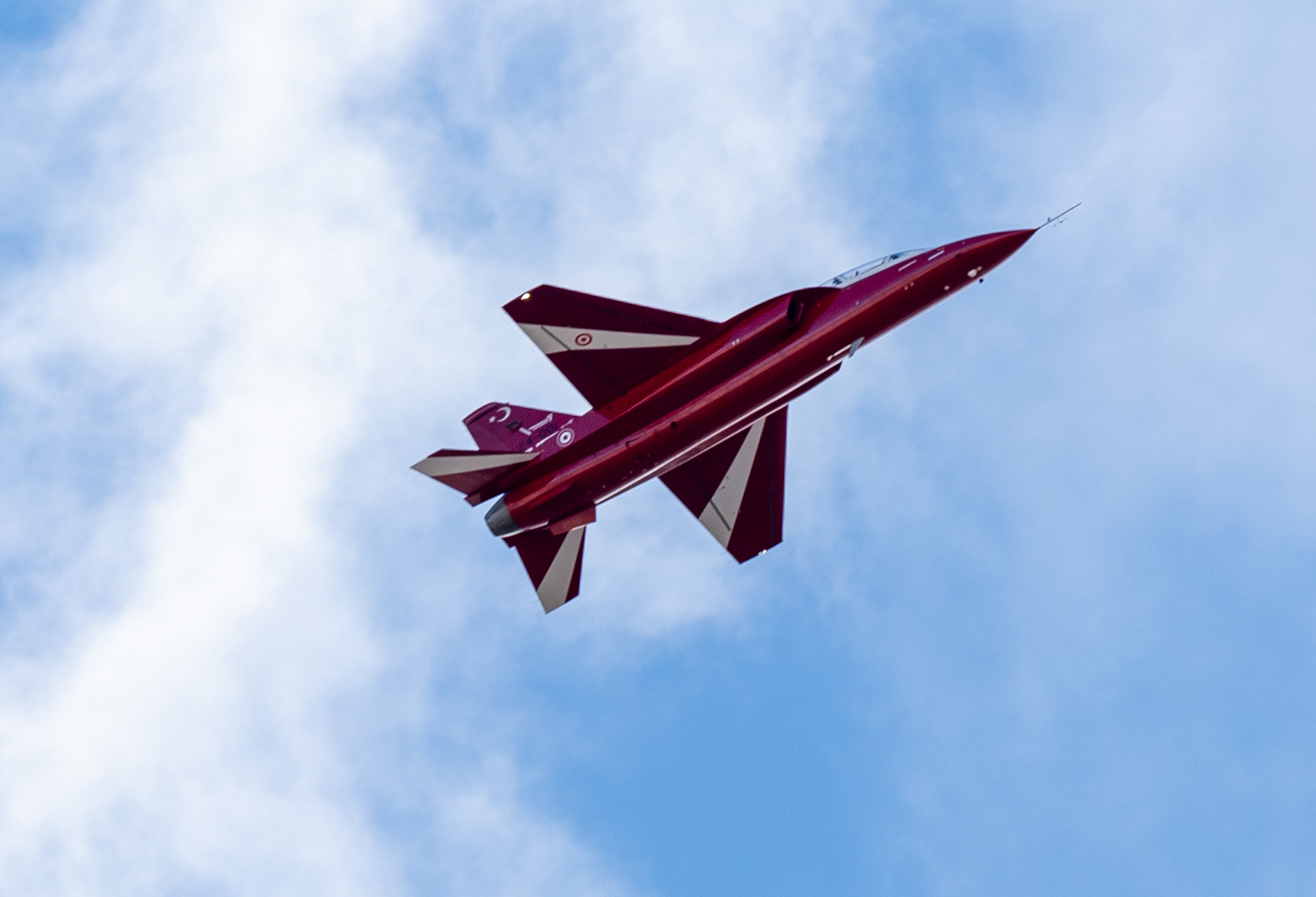
Türkiye's Turkish Aerospace Industries (TAI) announced the development roadmap for its National Combat Aircraft, KAAN, confirming that the platform will reach full fifth-generation fighter capabilities by 2032.
The first configuration, Block 10, will be delivered with most of the core technologies expected in fifth-generation jets.
Block 10 aircraft are projected to feature low-observability design, internal weapon bays, and multi-directional radar systems. Officials stated that "90% of the fifth-generation capabilities" will be met with the initial batch.
The difference between Block 10 and the future Block 20 lies primarily in software updates and test data, not hardware changes.
While KAAN is currently powered by F110 engines, the design allows for full integration with an indigenous fifth-generation powerplant. The transition to the domestic engine is targeted for 2032. At that point, KAAN may include some sixth-generation technologies, potentially elevating its classification to "5.5-generation."

Türkiye's first jet-powered light attack and advanced trainer aircraft, Hurjet, is on track for its first delivery in 2027. Two prototypes—one for training and one for light combat—are currently undergoing flight tests.
Four additional prototypes are in production and will gradually enter the testing phase starting in late 2025.
Initial delivery will include 12 aircraft, with expectations for larger orders to be confirmed during the upcoming Defense Industry Executive Committee (SSIK) meetings. Hurjet is designed to replace the ageing T-38 trainer fleet and has also been presented internationally, including a proposed configuration for the Spanish Air and Space Force under the ITS-C program.
Powered by the F404-GE-1-104 turbofan engine, Hurjet can reach speeds of Mach 1.4 and carry over 3,000 kilograms of munitions, including air-to-surface and air-to-air weapons. It is compatible with Aselsan's MURAD AESA radar and is being developed in variants for carrier-based and unmanned use.

TAI engineers have published research on an AI-supported, terrain-referenced navigation system for Hurjet, intended as a backup for GNSS-denied environments. The system fuses radar/barometric altimeters, steerable lasers, and multiple sensors to maintain low-altitude precision.
The technology could extend to other platforms, particularly unmanned aerial vehicles (UAVs), which are more susceptible to GNSS jamming.

TAI confirmed a strategic shift in its rotary-wing development plans. The 10-ton utility helicopter program has been prioritized over the T929 ATAK-2 heavy-class attack helicopter.
The decision was made in coordination with the Defense Industry Presidency (SSB) and military branches, citing urgent utility helicopter requirements for the 2030s.
The shift follows analysis of upcoming gaps in the inventory and ongoing procurement limitations in the T-70 Black Hawk project. Initially launched with eight units for the General Directorate of Forestry for firefighting missions, the 10-ton platform will now be developed in military configurations for the Turkish air, land, naval forces, and gendarmerie.
The ATAK-2 program is not canceled. Instead, it is expected to re-enter the spotlight around 2028–29, with full development to be completed by 2030.